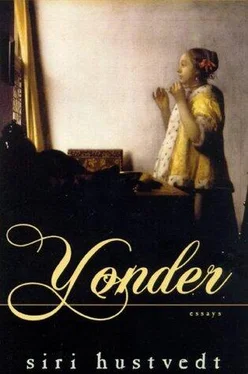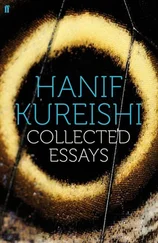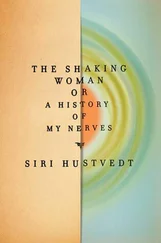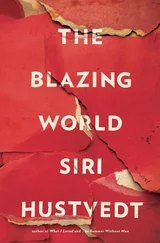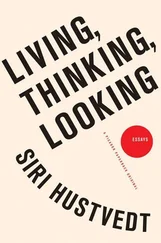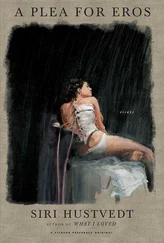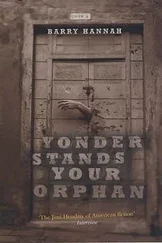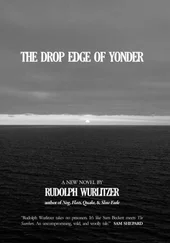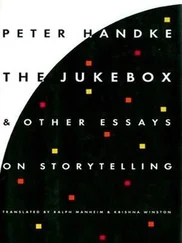Closing these gaps is an act of the imagination. The rooftop garden is not beautiful, but the readers there imagine that it is. Rumpty doesn’t change. He is refashioned by Bella’s stories. Eugene tells Mortimer of his love for Lizzie: “The glow that shone upon him as he spoke the words, irradiated his features so that he looked for the time, as though he had never been mutilated.” Eugene is mutilated. His speech seems to counteract disfigurement, because it is lodged in real dialogue with another person, and it uses the magic words of love.
I am made through your eyes. Because of you, I can imagine myself as whole. I remember some things. I forget others, but when I tell you my life, I give it the shape of a story and that story is myself. Without it, I am nobody. This is not a Cartesian view of human identity. The self in Our Mutual Friend is not a given. It discovers its singularity through others and then within the structure of language itself, which is both inside us and outside us. Our very selves are articulated from these common words. But language is not identical to the world, and in all of us there live the muffled forms of what came before words. Every once in a while, those forms return in the delirium of a fever or in a dream, in a fear we cannot explain, or when we look on the dead. Those are the moments when we lose ourselves. Finding ourselves again is a trick of “fancy,” as Dickens calls it, a mutual understanding of the stories we share.
Traditional still life is easy to recognize. It is the painting of things. The objects are usually small and most often set out on a table. The things are not outdoors but inside a house, and the represented space is not deep but shallow, which makes the spectator feel close to them. Still life does not include people. It implies human presence but doesn’t show the living human form. Painting the inanimate world is different from painting people or nature, for the simple reason that paintings, like things, are still. Landscapes may depict storms at sea or a gentle breeze blowing across a meadow, but the paint is motionless. Portraits may imply the movement of a hand, the beginning of a smile, but the human beings on the canvas are stopped in that instant forever. Like all mimetic painting, traditional still life is in the business of illusion. Only a mad person would reach out to take a grape from a Chardin canvas in order to eat it, and yet the fact is that the painting of a table laid for dinner, flat as it is, bears a resemblance to the reality of the things it refers to by virtue of its deadness. The French nature morte bears this aspect of still life in its name. The genre as a whole exists within the human relation to things — essentially a relation between what is living and what is dead.
The idea of things and only things as a suitable subject for painting dates back to antiquity; since then, the genre has labored under the weight of its insignificance. Painting a pear or a dish was never as important as painting a person. The still life has always been lowest on the rung of art’s hierarchy. The depicted subject was crucial in determining the significance of the work of art. Nevertheless, things have always played a role in art, and the problem at hand is to sort out the differences. A Byzantine icon may contain an object, but the depicted thing was not meant to look real. It was filled with the magic of otherness — the rendering of the sacred was itself sacred. And even with the growing humanism of the Renaissance, things in paintings carried symbolic and mythical value. It is the Dutch who are credited with the rise of still life, who moved the detail of a canvas to its center and made it a full-fledged genre; but even then, no matter how mimetic the images, ethical and religious ideas inhabited the objects seen in the painting. The very marginality of still life would make it attractive to modern artists and give it a subversive edge. They could play with the old hierarchies but refuse to give in to them.
And yet the rise of the humble object as a suitable subject for painting cannot be separated from the sense that the ordinary might hold a viewer’s interest — that a simple thing could be charged with power. It is true that without the striving, growing merchant class and its accumulation of material wealth in seventeeth-century Holland, the sparkling glasses, dishes, pipes, fruits, meats, and animal carcasses could not have been elevated to the status of a painting’s sole subject. The still life embodied a new emphasis on the significance of the everyday. And this vision of the pedestrian as something interesting, as something worthy of interest, has never left the genre.
When I was in Chicago last summer, I went to the Art Institute, and among the paintings I saw was Chardin’s last work. It is the picture of a table with a simple white cloth. On the table is a sausage, bread, a glass, a knife. It is an image so simple, so without drama, that it is difficult to describe its effect. When I looked at the painting, I was overwhelmed by its pathos. My eyes filled with tears, as if I were looking at a scene of a dying child and not at a table with sausage on it. I cannot fully explain this emotion, but reading Diderot, I discovered that he felt something similar about Chardin: “This magic,” he writes, “is beyond comprehension.” Norman Bryson, in his fine book Looking at the Overlooked (Harvard University Press, 1990), notes that Chardin avoided arrangements that looked arranged and that the blurring of paint near his frames allows the spectator an illusory entrance into the room. Chardin creates an intimate, familiar domestic space that has a strong relation to human gestures. But more than this, his painting evokes for me what is not there. The man or woman who ate of them is no longer at the table; but the food, the utensil, the glass are still charged by that unseen human presence. And because the missing person cannot be reduced to a particular sex, to a unique face and body, the spectator who peers into the space and the one who has left it share the table more completely. The fact is I do not imagine the absent people as painted images but as living beings.
In Jerusalem, I had a similar experience, at the Israel Museum, with real things. Found with the Dead Sea Scrolls were a few objects: among them, a basket and a plate. The basket, mostly intact, was identical to one you could buy today in any market in the Mediterranean. The plate was of pale green glass with a simple geometric design around its edge. It could have been made yesterday. Two thousand years stood between me and those objects, and yet in their familiarity and constancy, time vanished. A nameless woman used the plate the way I use my plates. She carried food in her basket the way I carry groceries in mine. Were I to come face-to-face with her by some enchantment, the cultural distances between us would be vast, but through these objects we are linked. It is Chardin’s simplest still lifes — the late ones — like Glass of Water with Coffeepot that stir me most deeply. Like the basket and plate behind glass in the museum, Chardin’s paintings make me feel reverence for what it means to be human. We breathe. We eat. Then one day we die.
Our eyes continually roam over the world of things, and we notice things more when we are alone. A human face will always draw our attention away from objects; but in solitude, objects are the company we keep. Chardin’s canvas is as silent and the things he represents in it are as motionless as they are in life. But the canvas itself is also a thing, an object that, like many objects, outlasts human beings, and its survival is written into the idea of the painting itself. Real bread goes stale, real sausage decays. The table, the glass, the utensils, however, might remain intact for generations. But we are not looking at bread or sausage or wood or metal, but paint, as Magritte’s famous pipe joke would later openly announce. We are peeking into a framed space of illusion, but it is an illusion Chardin makes convincingly. Chardin’s still lifes are not allegorical, as were the Dutch and Flemish painters’. Their grand theme of Vanitas becomes in Chardin the simple truth of mortality. We are all ghosts at Chardin’s table.
Читать дальше
